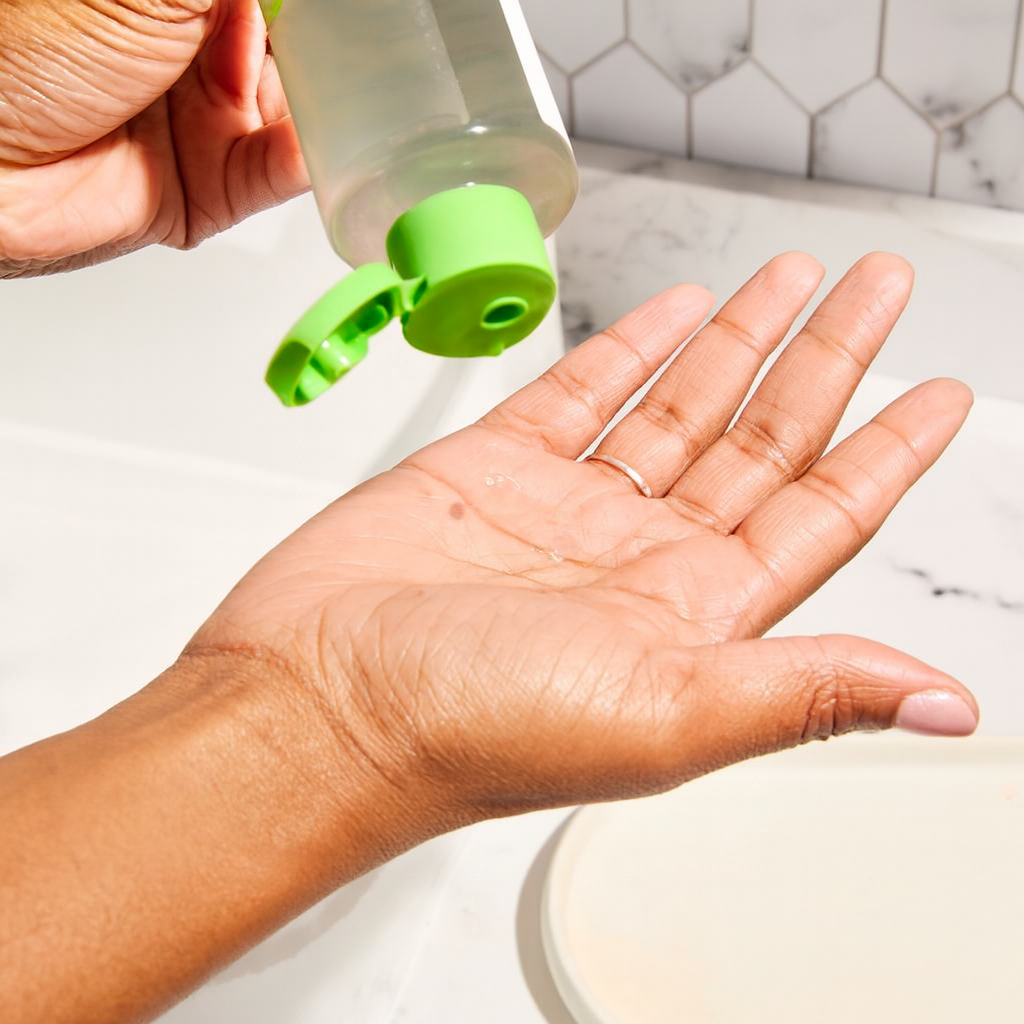
Can Skincare Products Cause Acne? What to Look Out For
You finally invest in new skincare, expecting that glow up. But instead, you’re breaking out more than ever.
Here’s the truth: yes, some skincare products can contribute to acne but not always for the reasons you think.
This post breaks down the most common acne triggers hiding in skincare, how to know if a product is contributing to breakouts, and what to use instead if you have sensitive or acne-prone skin.
1. Ingredients That May Clog Pores

Some skincare products contain ingredients that feel great short term but may block pores over time. This can lead to whiteheads, blackheads, and cystic acne.
Watch out for these potential culprits:
-
Coconut oil and derivatives
-
Isopropyl myristate
-
Algae extract
-
Lanolin
-
Shea butter (can be problematic for some)
Even natural ingredients can cause breakouts depending on your skin.
What to do: Look for products labeled non-comedogenic, but keep in mind comedogenic ratings are not always reliable. Many of these tests were done on rabbit ears, not human skin, so always patch test and assess based on your own experience.
2. Essential Oils and Skin Sensitivity

Fragrance is often blamed for breakouts, but it’s not always the root issue. For most people, fragrance is fine unless you have a specific allergy. However, essential oils can be sensitizing and may cause reactions in sensitive skin.
What to do: If your skin feels irritated or inflamed, consider avoiding products with essential oils and opt for calming, simple formulations. Smood’s products are designed for sensitive and breakout-prone skin, minimizing potential irritants.
3. Occlusive Ingredients and Application Habits
Occlusive ingredients like petrolatum and dimethicone help seal in moisture and protect the skin barrier. These are not inherently bad, in fact, they’re incredibly helpful for dry or damaged skin.
However, if you apply occlusives over skin that isn’t clean or over active breakouts, they can trap bacteria and debris. This doesn’t mean occlusives are bad, it just means they work best when used correctly.
What to do: Make sure your skin is clean before applying heavier products. If you have very oily or acne-prone skin, you may not need highly occlusive products in your daily routine. Smood’s Problem Solver Gel-Cream Moisturizer hydrates deeply without feeling heavy or pore-clogging.
4. Overuse of Harsh Actives

Trying to fight acne with a cabinet full of acids and exfoliants? That can do more harm than good.
Overuse of ingredients like glycolic acid, salicylic acid, or retinoids can damage your barrier and cause more inflammation.
What to do:
-
Use one active at a time
-
Start slow and build up
-
Balance your routine with barrier-supporting ingredients
Smood’s Calm Me Down Cleanser contains Betaine Salicylate — a gentle exfoliant — along with green tea, oat, and centella to soothe while it works.
5. Purging vs. Breaking Out

Some ingredients increase skin cell turnover, bringing congestion to the surface faster. This is known as purging, not a reaction.
How to tell it’s a purge:
-
Pimples appear in your usual breakout zones
-
It starts shortly after beginning a new active
-
It resolves in 4 to 6 weeks
What to do: Be patient, and give your skin time to adjust. But if breakouts appear in new areas or become painful, discontinue use and reassess.
6. Hidden Fungal Acne Triggers
Fungal acne is a different type of breakout, caused by yeast rather than bacteria. Some skincare ingredients can feed this yeast and worsen symptoms.
Avoid if prone to fungal acne:
-
Fatty acids and esters
-
Fermented ingredients (for some people)
-
Polysorbates
What to do: If your acne is itchy, clustered, and doesn't respond to typical acne treatments, simplify your routine and consult a dermatologist. Calming, minimal formulas like Smood’s are a good place to start.
7. Dirty Hands, Tools, and Pillowcases

Even the best products can’t help if your tools and environment are working against you.
What to do:
-
Always wash hands before applying skincare
-
Clean makeup brushes and applicators often
-
Change pillowcases at least twice a week
8. Expired or Contaminated Products
Old or poorly stored products can degrade and grow bacteria, causing irritation or breakouts.
What to do:
-
Toss anything past its expiration date
-
Avoid products that have changed color, texture, or smell
-
Store skincare in a cool, dry place away from sunlight
Final Thoughts: It’s Not Always Your Skin’s Fault
Yes, skincare can cause acne but it’s often about the wrong product, not your skin being difficult.
Stick to gentle, effective products made for breakout-prone skin. Smood’s formulas are essential oil-free, acne-safe, and calming by design.
Need a simple reset? Try the Smood Experience Kit and see the difference barrier-friendly skincare can make.




Leave a comment
This site is protected by hCaptcha and the hCaptcha Privacy Policy and Terms of Service apply.